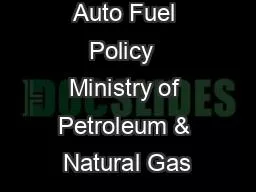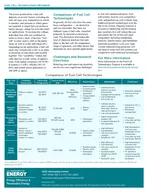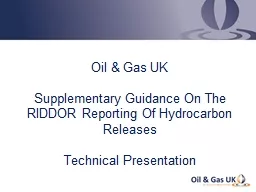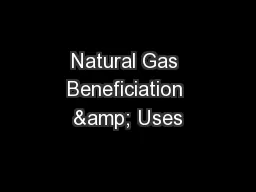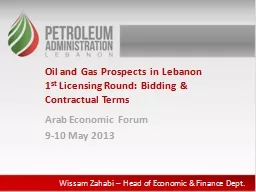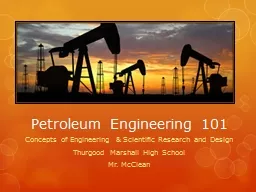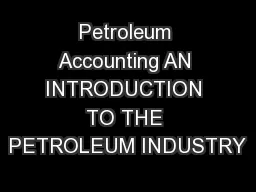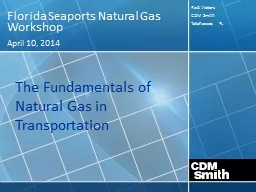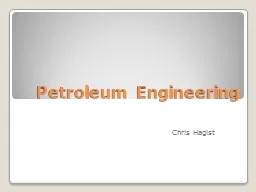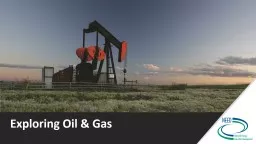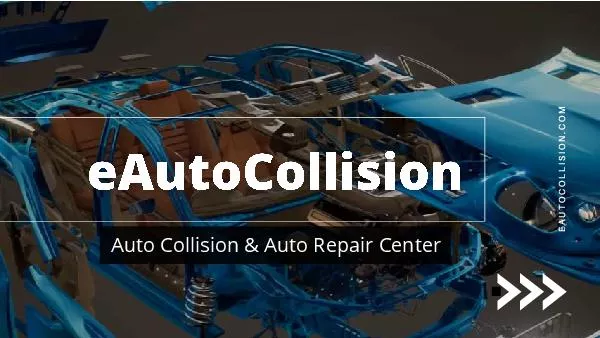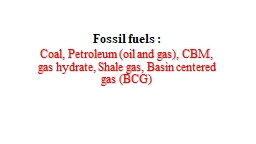PPT-Auto Fuel Policy Ministry of Petroleum & Natural Gas
Author : reportssuper | Published Date : 2020-06-30
Vehicular emission and fuel quality assumed greater significance with the passing of Clean Air Amendment Act of 1990 CAAA by US Congress Rapid proliferation of
Presentation Embed Code
Download Presentation
Download Presentation The PPT/PDF document "Auto Fuel Policy Ministry of Petroleum ..." is the property of its rightful owner. Permission is granted to download and print the materials on this website for personal, non-commercial use only, and to display it on your personal computer provided you do not modify the materials and that you retain all copyright notices contained in the materials. By downloading content from our website, you accept the terms of this agreement.
Auto Fuel Policy Ministry of Petroleum & Natural Gas: Transcript
Download Rules Of Document
"Auto Fuel Policy Ministry of Petroleum & Natural Gas"The content belongs to its owner. You may download and print it for personal use, without modification, and keep all copyright notices. By downloading, you agree to these terms.
Related Documents

